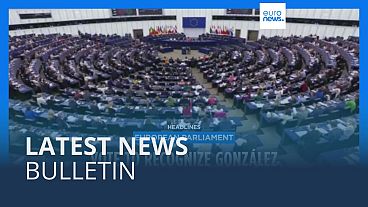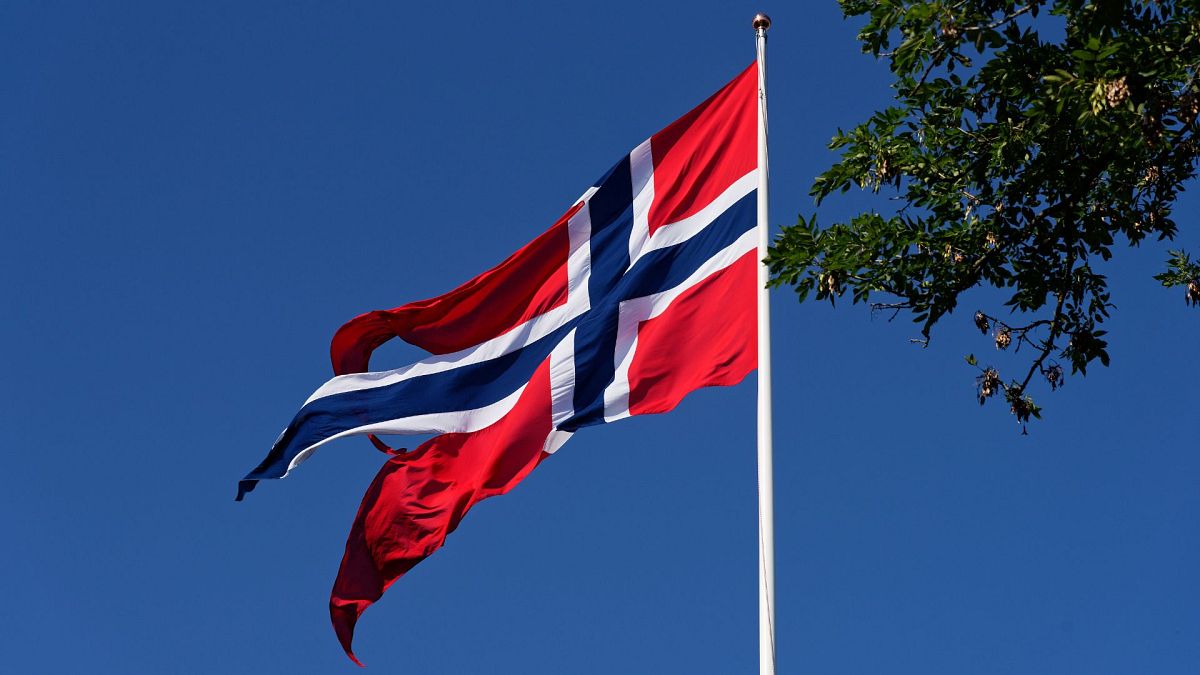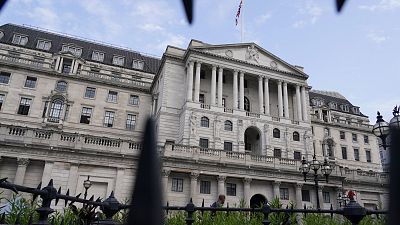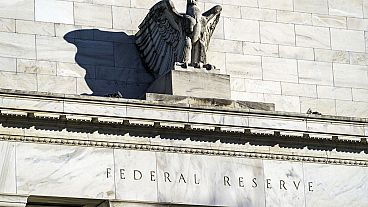Why is one of Europe’s best-performing economies not following in the ECB’s footsteps?
The Norges Bank decided to keep its policy rate unchanged at 4.5% at its meeting on Thursday. The committee also indicated that it will likely be the rate until the end of the year. However, “time to ease monetary policy is approaching,” the bank said in a statement.
The overnight lending rate was also held at 5.5%, as well as the reserve rate at 3.5%.
The bank’s most important mission is to keep inflation low and stable, therefore the change in consumer prices usually shows the way towards the next possible cut.
Norwegian inflation is edging closer to the rate of the eurozone. In August annual inflation was 2.6% and prices even dropped in a monthly comparison. Core inflation also decreased slightly to 3.2%.
While the level of inflation is coming down faster than expected, a similar trend to that of the eurozone which encouraged the ECB to cut rates recently, Norges Bank sees far too many weaknesses in the Norwegian economy to cut just now.
The central bank indicated that the current krone depreciation is expected to restrain further disinflation. They said that inflation could remain above its 2% target for too long following a premature cut. Currently, the bank forecasts this target to be met towards the end of 2027.
Meanwhile, unemployment edged up from its lower level (3.9%) and the rapid rise in business costs also keeps the will to cut rates at bay, while the bank is also cautious to keep interest rates too high for too long as it could damage the economy.
“If prospects suggest that inflation will return to target faster or there is a more pronounced slowdown in the Norwegian economy, the policy rate may be lowered faster than currently envisaged.”
Outlook and risks as the IMF sees them
The International Monetary Fund (IMF) has also recommended restrictive monetary policy, in its freshly published report on the Norwegian economy.
Noting that the country’s real GDP growth slowed to 0.5% in 2023, the IMF expects the performance to gradually rebound and rise to 1.5% this year. One of the promising signs is that real incomes are getting higher fuelling domestic demand.
The most pressing tasks for policymakers are to improve unemployment and raise productivity while also containing public expenditure to support the strong economic performance, according to the IMF.















